Instruction
At the top of the backswing, focus on the club face (not the left wrist)
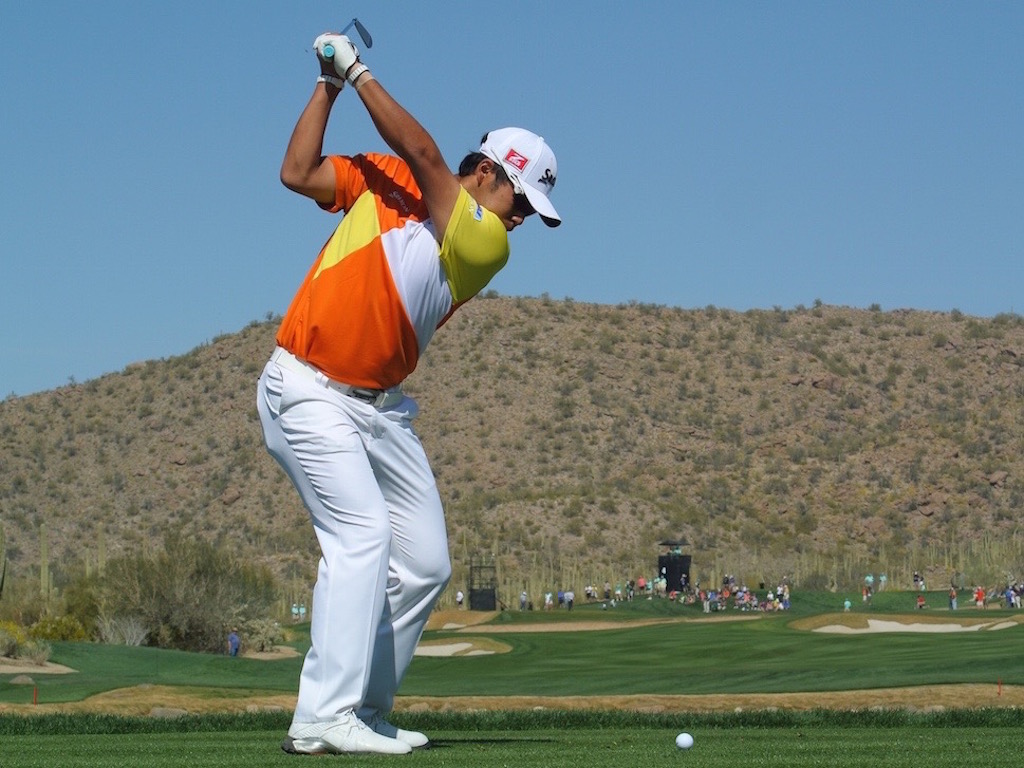
As the game has evolved over the past decade, there has been a shift toward a stronger grip position. While I have no issues with this as an instructor, you must be mindful of your position at the top or you will have a tendency to miss the ball to the left.
Basically, the stronger grip position aids the golfer in shifting the face more leftward than a weaker grip, and this is done with a less “handsy” motion through the impact zone — or a no-release feeling, as it is often called. When the grip is weaker, the rotation of the face is less aggressive, and if you are not committed through impact you may miss shots to the right.
In general, your grip position must match up with the type of “hand action” you’d like to feel through impact in order to create the ball flight that you desire. Stronger grips promote more of a no-release feeling, while weaker grips promote more hand action through impact to create the same ball flight from right-to-left with most right-handed golfers.
With this being stated, instructional books have always said that you must have a “flat left wrist” at the top, or one that “matches the club face at the top” in order to be in a square condition at the top. This is correct and incorrect, because it all pertains to your address grip position.
The photo below depicts a “neutral” grip where you see one or two knuckles of the left hand as you look down at your grip.
With this type of grip, you will see little or no “cupping” of the left wrist at address (shown below).
With today’s more common “stronger” grip position, you will see more knuckles as you look down at your left hand in your address position.
With this type of grip, you will see more “cupping” of the left wrist (shown below).
In order to put this stronger grip together with your position at the top, you MUST audit your club face position at the top. It needs to be mostly square at the top, and with the two different grips your left wrist will be in different positions in order to do so.
A note: I am NOT saying that you cannot play from a shut condition at the top, but as an instructor I tend to see most players missing the ball a touch too far leftward when doing so because the face-to-path relationship is skewed with the face being too far left of the target at impact.
If you have a neutral grip
Above is the most desired position for the neutral-grip player. The left wrist is flat at the top and the club face is square at the top.
If you have a stronger grip
Above is the most desired left wrist condition at the top for the stronger gripped player. The left wrist is slightly cupped so that the club face is square.
The most common flaw is mixing up the two grip and club face positions at the top.
If you cup the left wrist at the top with a weaker grip, you will put the face in an OPEN condition as seen above.
If you flatten the left wrist at the top with a stronger grip, you will SHUT the face drastically at the top (shown above).
It is key for golfers to make sure they are in the correct position at the top. To do this, audit the club face and let the left wrist seek the condition it must have in order to have the club face at the proper square 45-degree position at the top of the backswing.
- LIKE235
- LEGIT36
- WOW18
- LOL8
- IDHT6
- FLOP8
- OB4
- SHANK36
Instruction
Clement: Laid-off or perfect fade? Across-the-line or perfect draw?

Some call the image on the left laid off, but if you are hitting a fade, this could be a perfect backswing for it! Same for across the line for a draw! Stop racking your brain with perceived mistakes and simply match backswing to shot shape!
- LIKE0
- LEGIT0
- WOW0
- LOL0
- IDHT0
- FLOP0
- OB0
- SHANK1
Instruction
The Wedge Guy: The easiest-to-learn golf basic

My golf learning began with this simple fact – if you don’t have a fundamentally sound hold on the golf club, it is practically impossible for your body to execute a fundamentally sound golf swing. I’m still a big believer that the golf swing is much easier to execute if you begin with the proper hold on the club.
As you might imagine, I come into contact with hundreds of golfers of all skill levels. And it is very rare to see a good player with a bad hold on the golf club. There are some exceptions, for sure, but they are very few and very far between, and they typically have beat so many balls with their poor grip that they’ve found a way to work around it.
The reality of biophysics is that the body moves only in certain ways – and the particulars of the way you hold the golf club can totally prevent a sound swing motion that allows the club to release properly through the impact zone. The wonderful thing is that anyone can learn how to put a fundamentally sound hold on the golf club, and you can practice it anywhere your hands are not otherwise engaged, like watching TV or just sitting and relaxing.
Whether you prefer an overlap, interlock or full-finger (not baseball!) grip on the club, the same fundamentals apply. Here are the major grip faults I see most often, in the order of the frequency:
Mis-aligned hands
By this I mean that the palms of the two hands are not parallel to each other. Too many golfers have a weak left hand and strong right, or vice versa. The easiest way to learn how to hold the club with your palms aligned properly is to grip a plain wooden ruler or yardstick. It forces the hands to align properly and shows you how that feels. If you grip and re-grip a yardstick several times, then grip a club, you’ll see that the learning curve is almost immediate.
The position of the grip in the upper/left hand
I also observe many golfers who have the butt of the grip too far into the heel pad of the upper hand (the left hand for right-handed players). It’s amazing how much easier it is to release the club through the ball if even 1/4-1/2″ of the butt is beyond the left heel pad. Try this yourself to see what I mean. Swing the club freely with just your left hand and notice the difference in its release from when you hold it at the end of the grip, versus gripping down even a half inch.
To help you really understand how this works, go to the range and hit shots with your five-iron gripped down a full inch to make the club the same length as your seven-iron. You will probably see an amazing shot shape difference, and likely not see as much distance loss as you would expect.
Too much lower (right) hand on the club
It seems like almost all golfers of 8-10 handicap or higher have the club too far into the palm of the lower hand, because that feels “good” if you are trying to control the path of the clubhead to the ball. But the golf swing is not an effort to hit at the ball – it is a swing of the club. The proper hold on the club has the grip underneath the pad at the base of the fingers. This will likely feel “weak” to you — like you cannot control the club like that. EXACTLY. You should not be trying to control the club with your lower/master hand.
Gripping too tightly
Nearly all golfers hold the club too tightly, which tenses up the forearms and prevents a proper release of the club through impact. In order for the club to move back and through properly, you must feel that the club is controlled by the last three fingers of the upper hand, and the middle two fingers of the lower hand. If you engage your thumbs and forefingers in “holding” the club, the result will almost always be a grip that is too tight. Try this for yourself. Hold the club in your upper hand only, and squeeze firmly with just the last three fingers, with the forefinger and thumb off the club entirely. You have good control, but your forearms are not tense. Then begin to squeeze down with your thumb and forefinger and observe the tensing of the entire forearm. This is the way we are made, so the key to preventing tenseness in the arms is to hold the club very lightly with the “pinchers” — the thumbs and forefingers.
So, those are what I believe are the four fundamentals of a good grip. Anyone can learn them in their home or office very quickly. There is no easier way to improve your ball striking consistency and add distance than giving more attention to the way you hold the golf club.
More from the Wedge Guy
- The Wedge Guy: Golf mastery begins with your wedge game
- The Wedge Guy: Why golf is 20 times harder than brain surgery
- The Wedge Guy: Musings on the golf ball rollback
- LIKE88
- LEGIT15
- WOW6
- LOL1
- IDHT0
- FLOP4
- OB1
- SHANK8
Instruction
Clement: Stop ripping off your swing with this drill!

Not the dreaded headcover under the armpit drill! As if your body is defective and can’t function by itself! Have you seen how incredible the human machine is with all the incredible feats of agility all kinds of athletes are accomplishing? You think your body is so defective (the good Lord is laughing his head off at you) that it needs a headcover tucked under the armpit so you can swing like T-Rex?
- LIKE0
- LEGIT3
- WOW2
- LOL0
- IDHT0
- FLOP0
- OB0
- SHANK2
-

 19th Hole2 weeks ago
19th Hole2 weeks agoJustin Thomas on the equipment choice of Scottie Scheffler that he thinks is ‘weird’
-

 19th Hole2 weeks ago
19th Hole2 weeks ago‘Absolutely crazy’ – Major champ lays into Patrick Cantlay over his decision on final hole of RBC Heritage
-

 19th Hole2 weeks ago
19th Hole2 weeks agoLET pro gives detailed financial breakdown of first week on tour…and the net result may shock you
-

 19th Hole2 days ago
19th Hole2 days agoReport: LIV star turns down PGA Championship invite due to ‘personal commitments’
-

 19th Hole1 week ago
19th Hole1 week agoGary Player claims this is what ‘completely ruined’ Tiger Woods’ career
-

 Whats in the Bag2 weeks ago
Whats in the Bag2 weeks agoTeam McIlowry (Rory McIlroy, Shane Lowry) winning WITBs: 2024 Zurich Classic
-

 19th Hole3 weeks ago
19th Hole3 weeks agoTaylorMade signs 15-year-old AJGA Rolex Junior Player of the Year to an NIL contract
-

 Equipment1 week ago
Equipment1 week agoGolf fans left surprised by LIV’s choice of course for its 2024 individual championship event

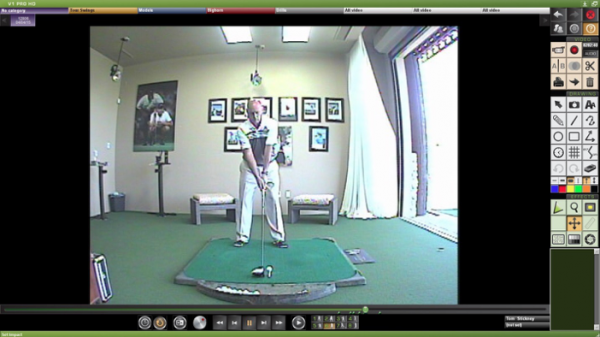
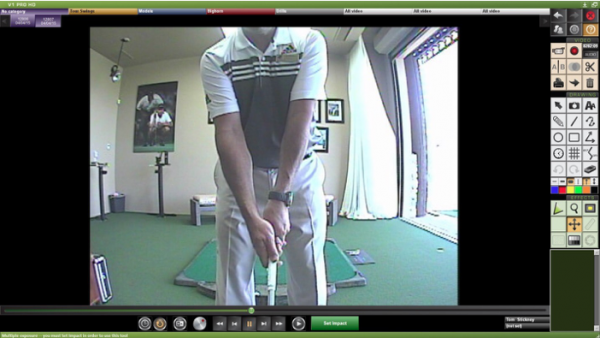
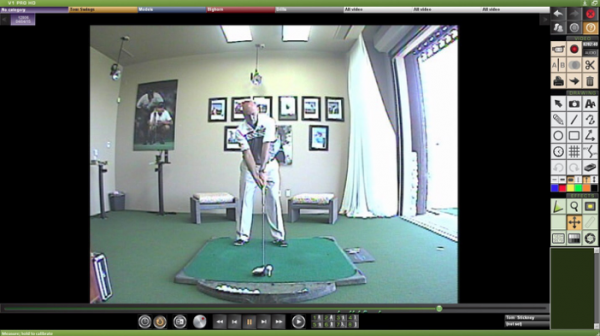
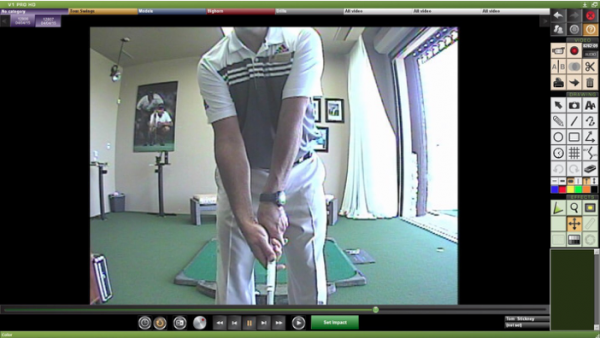
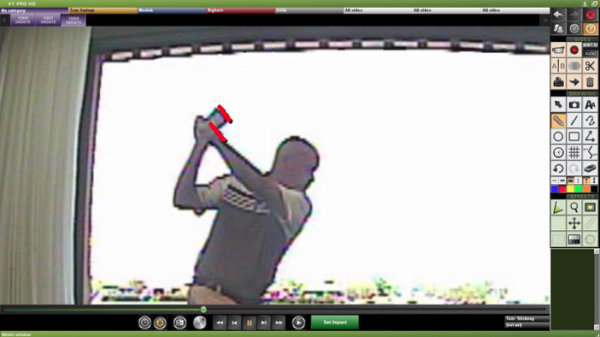
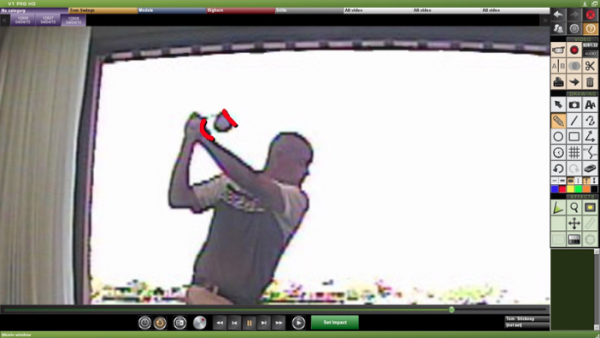
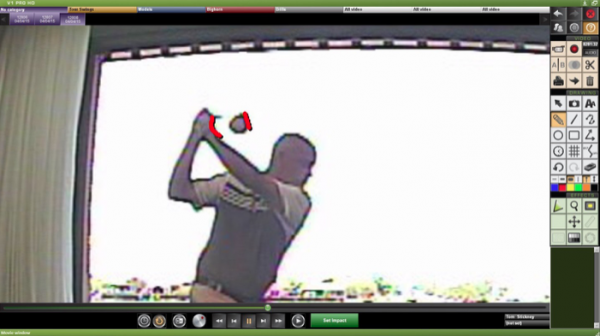
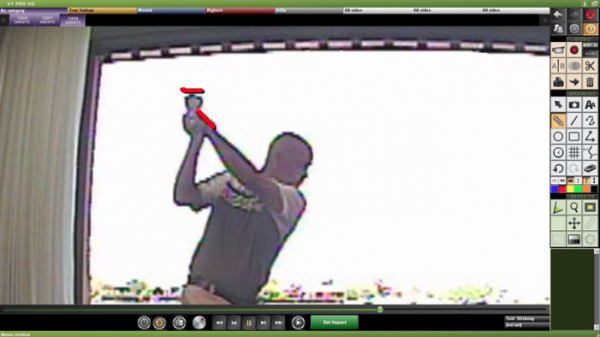














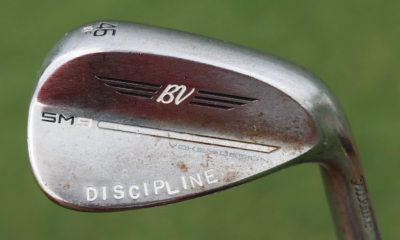



JOHN Watermeier
Feb 28, 2022 at 11:03 am
thanks for this website.
golf easy for some, hard to figure out for most, myself included.
lots of opinion on wrist position.
but should not the emphasis be put on club face?
find the club face at top of swing that gives you best shot direction, see what grip you had,and go with that.
seems to me that face open/closed is very subjective for a lot of us,can only be best approximated with magnetic tool pointed perpendicular at topcoat a roughly 45 degree angle to ground?
cant go to a lab or trackman around hereabout magnetic tool is cheap, easy and can use at any driving ranger inside for that matter.
would like some opinion on this.
john, a senior golfer, always trying to get better.
need some other opinions on this
Al
May 12, 2015 at 3:48 pm
[This is correct and incorrect…]
All golf instruction, condensed to 4 words, finally. The fault of the article lies in its failure to mention to not try to lift the ball.
Rory
Feb 15, 2018 at 2:14 am
You’re so dumb
Josh
May 12, 2015 at 11:52 am
I have been playing with my grip lately. I have been missing left, even with a weak grip. I saw some other instruction article speak of the importance of Hogan’s grip where the grip runs diagonally across the left palm, which promotes delivering the club at the proper lie angle. Does this ring a bell to anyone?
Al
May 12, 2015 at 3:49 pm
You name it, it rings a bell.
Jason
May 12, 2015 at 8:12 am
How about how the downswings will differ? The neutral grip downswing seems simple: just keep the left wrist flat. However, I have trouble wrapping my head around the downswing from the cupped left wrist position at the top with a strong grip. It seems like this move would be more complicated since we also need to get to a flat left wrist at impact, and make it happen in a split second.
bunty
May 12, 2015 at 3:18 am
Actually stumbled upon this by accident on the range a few weeks ago. Was definitely strong gripped and closed face at the top and was losing everything to the right.
Good to see that i wasnt imagining it as i have straightened up considerably since cupping my right wrist a little more at the top of the swing
Scott
May 11, 2015 at 4:26 pm
Thanks, Tom. I turned 74 last week. I played with a neutral grip most of my life. But now my fingers are curling and my grip strength has diminished. So I have converted to a strong grip, at least with the lead hand. I still play fairly well. I had my first par 72 round in years last week. My handicap from the senior tees in about ten. However, I am alarmingly inconsistent off the ground with shut face hooks and straight pushes. I will certainly be checking my position at the top as you have suggested. And if you have any ideas or exercises concerning my impact position problems and the resulting left and right shots I would sincerely appreciate them. Regards, Scott.
Scott
May 11, 2015 at 4:20 pm
Thanks, Tom. I am 74. I played most of my life with a neutral grip. Now my fingers are curling and I have less strength in my hands. So I have switched to a stronger grip, at least in the lead hand. I am having consistent problems hitting shut face hooks and straight right pushes. I still play fairly well from the senior tees — probably to about a ten handicap. Last week I had my first par 72 round in years. So this article about the position at the top is helpful and I will work on it. If you have any other advice or exercises that might help me reduce my inconsistent impact position and the resulting right and left shots with a strong grip I would surely appreciate too. Regards, Scott.
Chris Bunting
May 11, 2015 at 1:01 pm
Did you have anything other than that to add?
other paul
May 11, 2015 at 7:25 pm
Well explained Tom.
Paul
May 11, 2015 at 12:17 pm
I have been working on this concept after finding that my left wrist is always flat at the top of the backswingleading to a club head that is pointing up towards the sky. I feel most comfortable using a strong grip but unable to cup my left wrist at the top of the backswing no matter how hard I try when there is a ball in front of me. should I switch to a weaker grip do to my inability to cut my wrist at the top of my backswing?
Alex T
May 11, 2015 at 11:01 am
This is very insightful and concise explanation of something I’ve always wondered. I have a cupped left wrist and have for years gone to numerous coaches on and off and have never once been told to correct it and I always wondered why, considering that the “right” thing to do is to have a flat left wrist. I *have* however been told that I have too strong a grip, irrespective of my relatively solid ball striking ability- good thing I never corrected it as it seems I have inadvertently been doing it right all this time after all. Colour me vindicated, thanks Tom.